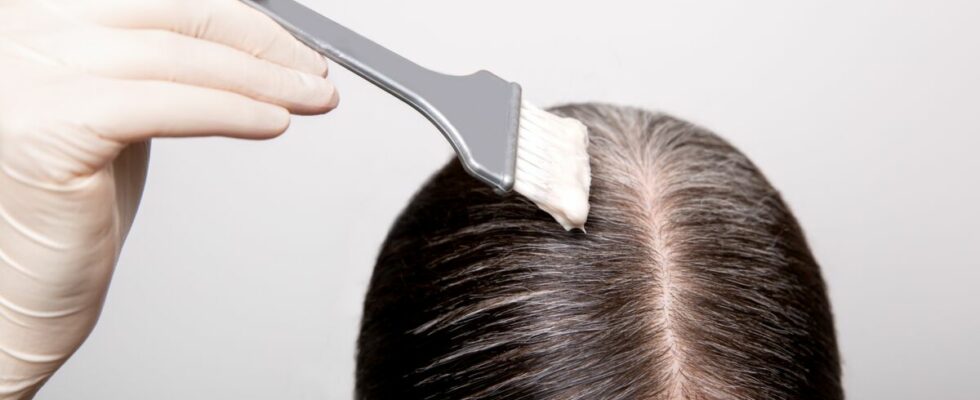This season is no exception, hair trends are taking center stage. If in terms of cut, it’s the bob that makes the show, when it comes to coloring you are spoiled for choice. For those who want to adopt a natural shade perfect for sunny days, you will love the brownie batter balayage or the softly sun-kissed blonde shade that fashionistas love. And for those who want a peppy and daring color, succumb to cherry chocolate brunette, it’s great.
While some prefer to go to the hairdresser to make a hair change, others try coloring at home. In this case, there are certain precautions to take such as not washing your hair just before, choosing the right shade and obviously selecting the right product. Moreover, there are two types of dyes to color your hair: oxidative dyes and vegetable dyes. In any case, it is better to pay attention to certain ingredients so as not to sensitize your hair.
What are the advantages and disadvantages of oxidative and vegetable coloring?
On May 3, 2024, the magazine 60 Million consumers unveiled its comparative trial on hair coloring, thus confronting the oxidizing and vegetable colorings. Among the 12 colorings tested, all meet the required standards.even if they are still far from being harmless and doubts remain about their effects in the event of repeated exposure over time, the colorings that we analyzed in 2024 seem to be on point, and their composition is improving“, we can read in the conclusions of the comparative trial.
Subsequently, it is in the columns of France Info that Adélaïde Robert, head of the Health Cosmetics section of the monthly magazine, clarified certain information, particularly on the ingredients of colorings.
- Certain components found in oxidative coloring sensitize the hair fiber. This is the case of “the alkaline agent (ammonia or ethanolamine for example) which opens the hair scales“, explains Adélaïde Robert. She continues “the oxidizing agent (hydrogen peroxide) which will destroy the natural pigment of the hair, will be replaced by the pigments of the coloring“. Effective, this type of coloring allows you to cover your mane, however, it greatly damages your hair. It is therefore better to use post-coloring care and a routine haircare adapted in addition to limit the damage caused by coloring.
- Vegetable dye, for its part, is more respectful of the hair fiber, however it does not provide optimal coverage. “The composition is more virtuous, the pigment is deposited on the surface“, indicates the head of the Health Cosmetics section. With washing, vegetable coloring tends to fade more quickly than oxidative coloring.
Although oxidative coloring guarantees good coverage, it risks damaging the hair more than vegetable coloring, which will be less durable. However, it will damage your hair less. It’s up to you to choose based on your hair type and the time you have to take care of it.
Finally, we remind you of the importance of reading the instructions carefully, “Oxidation hair colors are not intended for use under 16 years of age“, recalls the magazine 60 Million consumers.
Sources:
“Which hair colors are the most effective?”, 60 Million consumers
“Consumer: home coloring kits, less risk of allergy with vegetable colorings”, France Info
